What is a Piezoresistive Pressure Sensor?
Piezo pressure sensors are based on the piezoresistive effect. When pressure is applied to the diaphragm, the diaphragm bends, causing the resistance value of the resistor element to change. The bridge circuit on the sensitive element can amplify and measure this change to obtain the value of the applied pressure.
Main Structure of Piezoresistive Pressure Sensor
The structure of the piezo-resistive pressure sensor mainly consists of the following key parts:
• Diaphragm: The diaphragm converts the external pressure into mechanical deformation.
• Sensing Die: The sensing die is responsible for sensing the external pressure change and is generally made of silicon material. It usually integrates 4 resistors on it to form a bridge structure. The measured pressure is transmitted to the sensitive element through the stainless steel corrugated diaphragm and the internally sealed silicone oil.
• Bridge Circuit: It usually uses a Wheatstone bridge to measure the change in resistance. The bridge circuit can amplify tiny electrical signals for more accurate pressure measurement.
• Packaging: A metal housing usually encapsulates the sensing die and the circuit to protect the internal components of the sensor. The packaging material will use different materials according to the specific application environment.
• Lead: Lead refers to the electrical wires used to connect the sensor to external devices, typically for signal output.
Piezoresistive Pressure Sensor Accuracy
What is Piezoresistive Pressure Sensor Accuracy?
IEC (International Electrotechnical Commission) defines accuracy as the maximum positive and negative deviation from the specified characteristic curve observed in testing a device under specified conditions and by a specified procedure.
The accuracy of the pressure sensor measures how closely the sensor's reading matches the actual pressure being measured.
Pressure sensor accuracy specifications tell you how much the sensor's output can deviate from the actual pressure. Based on the level of precision required, you can select the appropriate piezoresistive pressure element for your application.
How is Piezo Pressure Transducer Accuracy Expressed?
Pressure sensor accuracy is typically expressed as a percentage of the sensor's full-scale range (FSR). It's usually written as ±X% FS. This means that the sensor's output can be off by plus or minus X% of its full-scale range.
For example, a pressure sensor with an accuracy of ±0.5% FS and a full-scale range of 100 bar can have an error of up to ±0.5 bar (0.5% of 100 bar).
3 Main Factors That Affect Pressure Sensor Accuracy
The major characteristics influencing a pressure sensor's accuracy are non-linearity nonlinearity, repeatability, and hysteresis.
· Nonlinearity: Nonlinearity means that the relationship between the output signal and the measured pressure is not a simple linear relationship. When the pressure changes, the sensor's output does not change proportionally(Figure 1). Nonlinearity will affect the sensor accuracy to a certain extent. However, linearity error exists in any real pressure sensor. Keeping a good linearity or minimizing the linearity error range is strict production controls and multi-point calibration of pressure sensor manufacturers. Strict production controls and multi-point calibration of pressure sensor manufacturers are essential for maintaining good linearity or minimizing the linearity error range.
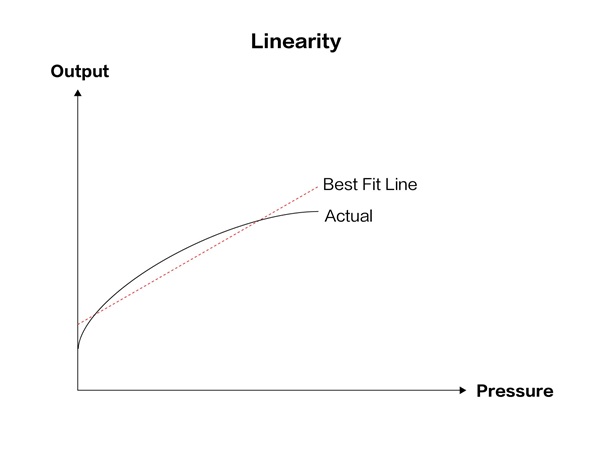
(Figure 1)
· Repeatability: Repeatability is the degree of difference in the sensor output signal when the same pressure value is measured multiple times under the same conditions. Repeatability error or non-repeatability cannot be entirely avoided but can be minimized(Figure 2).
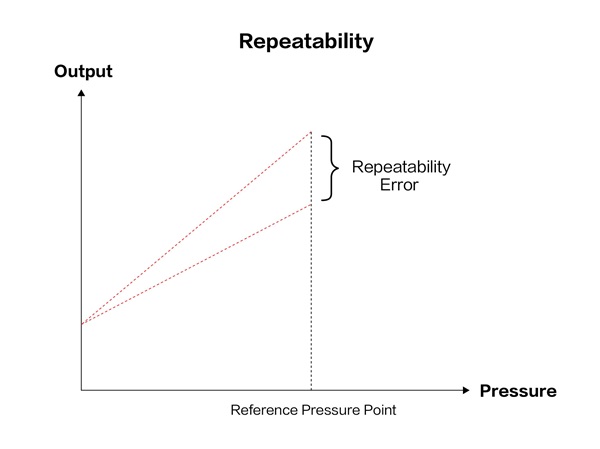
(Figure 2)
· Hysteresis: Hysteresis refers to the inconsistency of the sensor output signal during the process of increasing and decreasing pressure for the same pressure input value(Figure 3). A perfect sensor would have zero hysteresis. But in practical applications, hysteresis is inevitable owning to various physical phenomena within the sensor. Click here to learn how micro sensor optimizes pressure hysteresis.
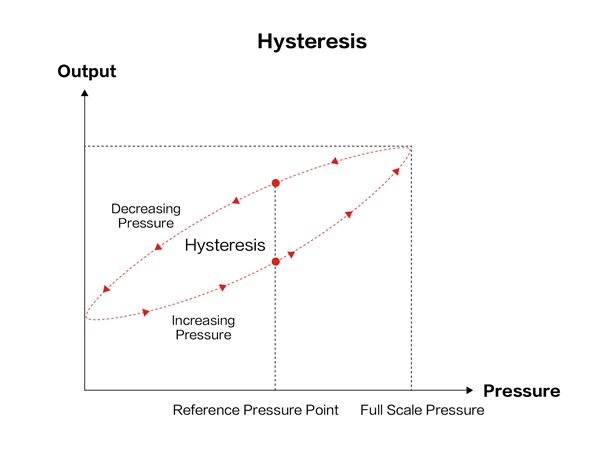
(Figure 3)
Zero Point Output of a Pressure Sensor
What is Zero Point Output?
Zero point output refers to the electrical signal value output by the sensor when no pressure is applied. Ideally, when the pressure is zero, the output of the sensor should also be zero. In reality, most pressure sensors will output a slight zero-point error when no pressure is applied. For example, the output should be 0mV (or 0mA, depending on the sensor type) when the actual pressure is 0 bar, but instead outputs 5mV. This deviation is known as a zero-point error.
What Causes Zero Point Error?
This error is due to factors like residual stress in the sensor materials, hysteresis effects, nonlinearity in the sensor, and temperature variations. What's more, the IEC defines maximum acceptable zero-point errors or limits for devices. Therefore, zero point error is indeed an industry prevalent issue. But as a pressure sensor manufacturer, Micro Sensor always commits to minimizing errors in product design and manufacturing through practices and technologies. Regular calibration can also reduce the effect and ensure accurate measurements of the pressure-sensing instruments.
What Does Full-Scale Output of a Pressure Sensor Mean?
The full scale output(output/span) of a pressure sensor corresponds to its maximum pressure measurement value(Figure 4). For example, if a pressure sensor has a range of 0~100bar, the corresponding voltage output is 0~5.0V. Then when a pressure of 100bar is applied, the sensor will output 5.0V.
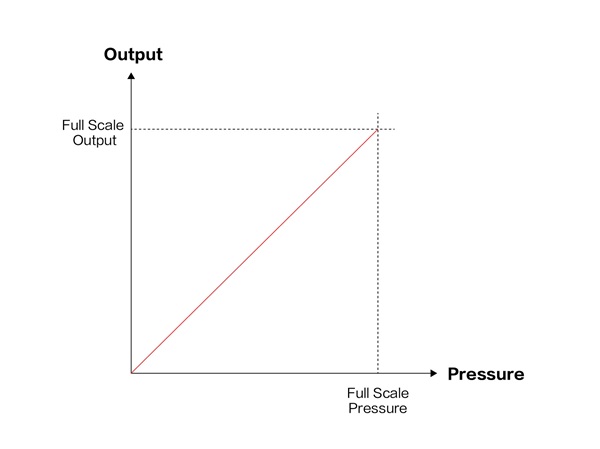
(Figure 4)
What Does Oil Filling Mean for a Piezoresistive Pressure Sensor?
Why is a Pressure Sensor Oil Filled?
The sensing chip is the "heart" of the sensor. Therefore, the metal diaphragm is welded to the front end of the shell to protect the chip during the production process. The fill fluid(Figure 5) between the chip and the diaphragm can transmit the pressure that is felt on the diaphragm to the chip.
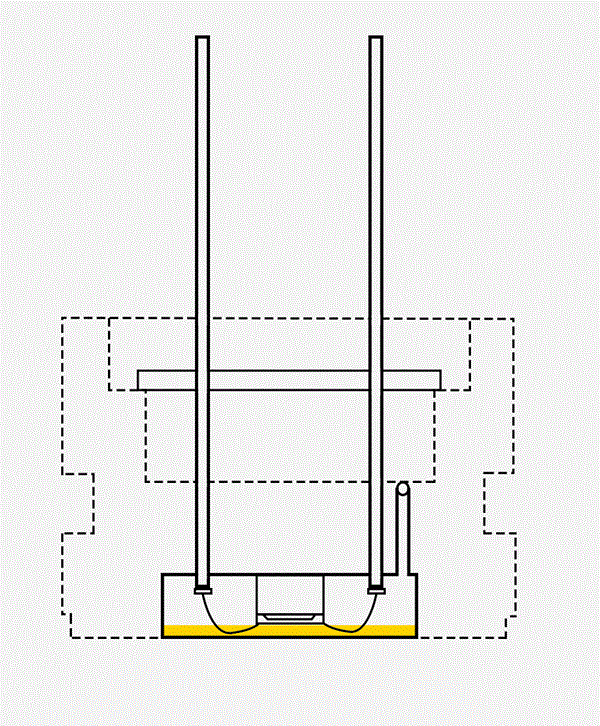
(Figure 5)
What is Fill Fluid in a Pressure Sensor?
The most common filling fluid for pressure sensors is dimethyl silicone oil (silicone oil). The good chemical stability of silicone oil makes it suitable for most applications. It also offers good damping characteristics, making piezoresistive silicon pressure sensors suitable for applications with fluctuating pressures or vibrations.
However, when the measuring medium is oxygen, the filling fluid should use fluorinated oil that is compatible with strong oxidants. Owing to its thermal stability, high chemical stability and non-flammability properties, fluorinated oil pressure sensors are widely used in harsh environments that require high-temperature resistance, corrosion resistance, and stable performance.
How to Fill Oil in a Pressure Sensor?
Under certain temperatures and vacuum conditions, Degassed silicone oil is poured into the sensor's oil cavity until the internal gap is completely filled.
Click here for more information and illustrations about oil-filled pressure sensors.
Oil-Filled Piezoresistive Pressure Sensor by Micro Sensor
To meet different needs of pressure applications, MICRO SENSOR offers different series of oil-filled pressure sensors.
MPM280 Series
The MPM280 Series meets a variety of customized requirements such as materials, sizes, structures, outputs, and filled media (Figure 5). Among them, special corrosion-resistant materials include tantalum, titanium, Hastelloy, gold plating, etc. The available structures include differential pressure, flat and flush membrane, thread, clamp, welding, assembly, etc.
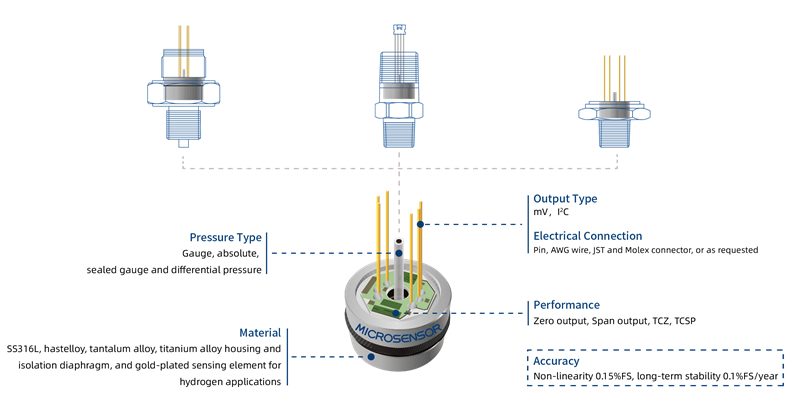
(Figure 5)
MPM281 Series
 |  |  |
| MPM281Pro | MPM281PT | MPM281 |
The MPM281 Series is characterized by high precision and high stability. The product can meet a variety of high-performance requirements such as small ranges, full range, small size, temperature and pressure integration, etc.
MPM288 Series
 |  |
| MPM288SA | MPM288DI |
The MPM288 Series can meet a variety of conventional needs. While being cost-effective, the range covers high pressure, micro pressure and negative pressure. Supports mV and IIC output forms.
Micro Sensor is a global industrial instrumentation manufacturer, offering a comprehensive piezoresistive pressure sensors portfolio of general pressure sensors, customized pressure sensors, small-size pressure sensors, anti-corrosive pressure sensors, sanitary pressure sensors, and digital pressure sensors. Contact us for more information or any challenges with piezoresistive pressure sensors.
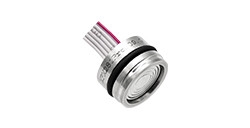
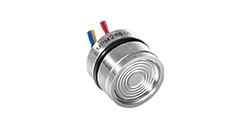

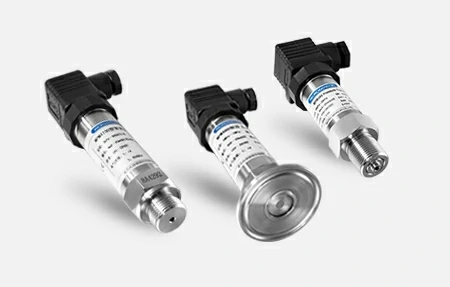
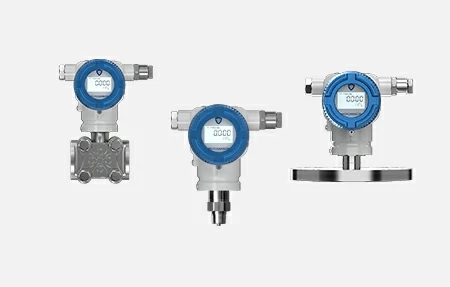
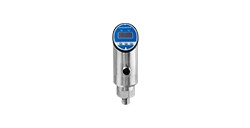
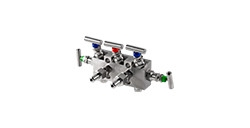
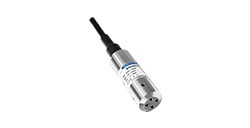
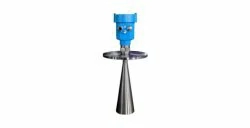
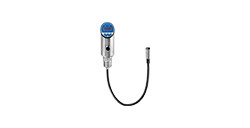
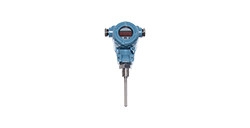
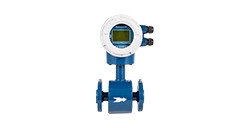
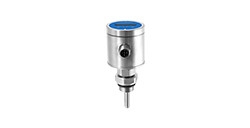
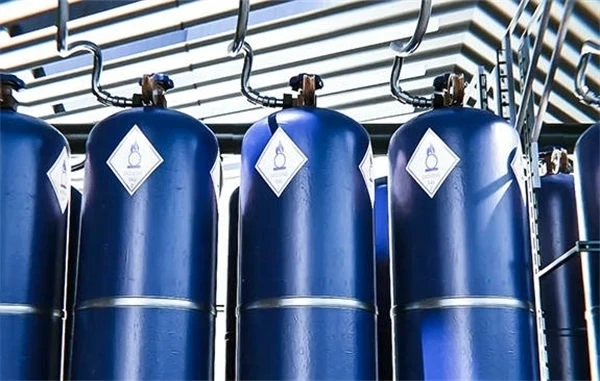
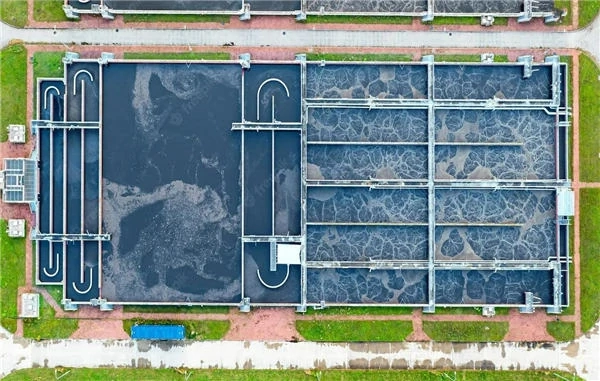

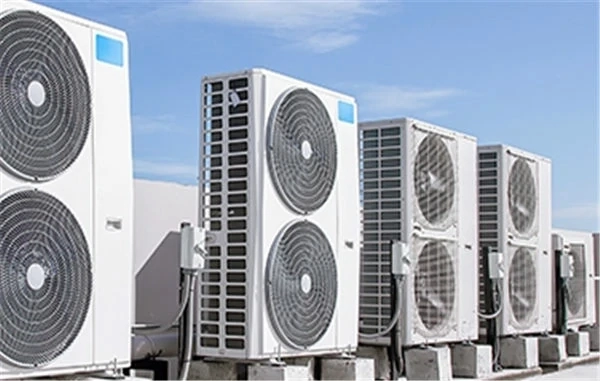
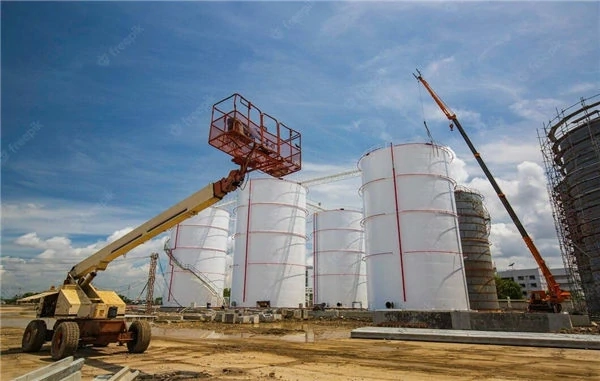
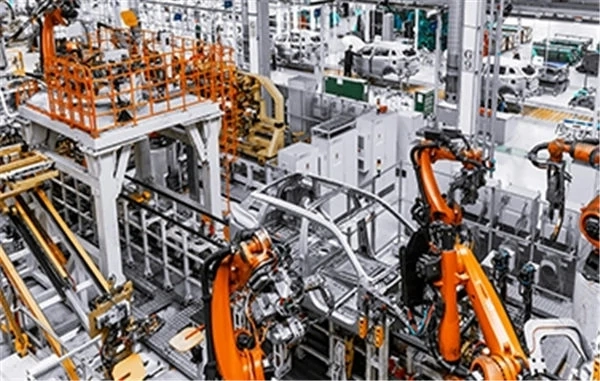
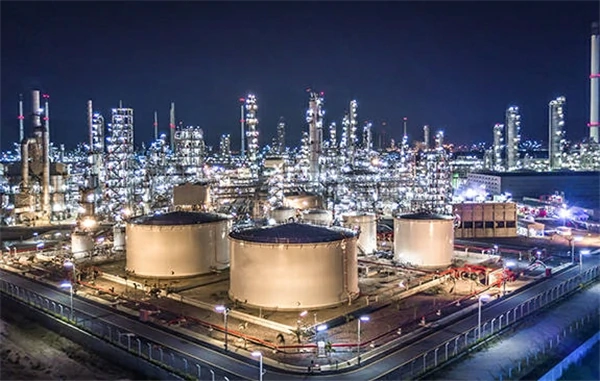
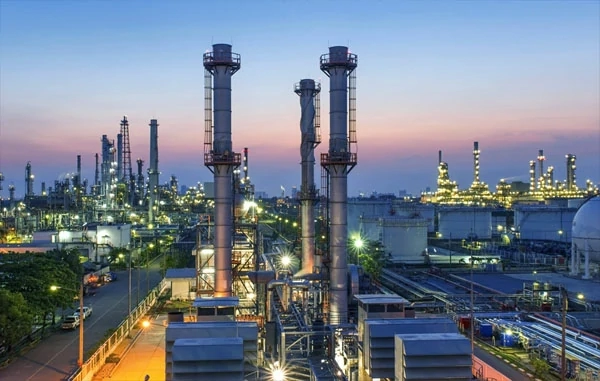

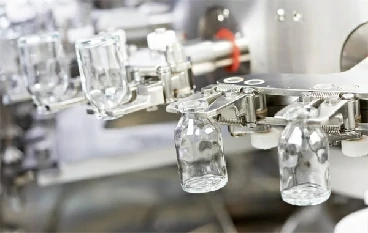
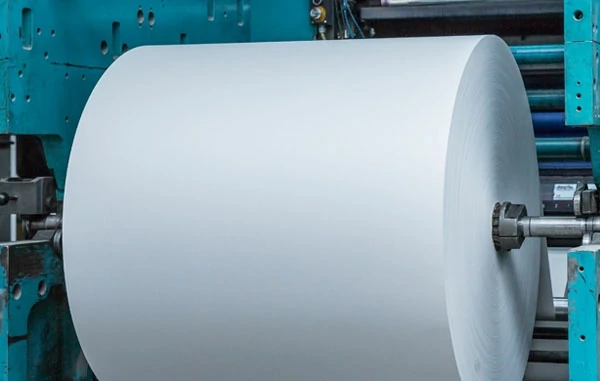
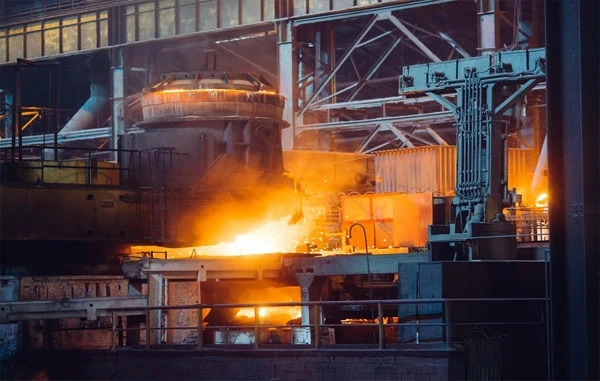
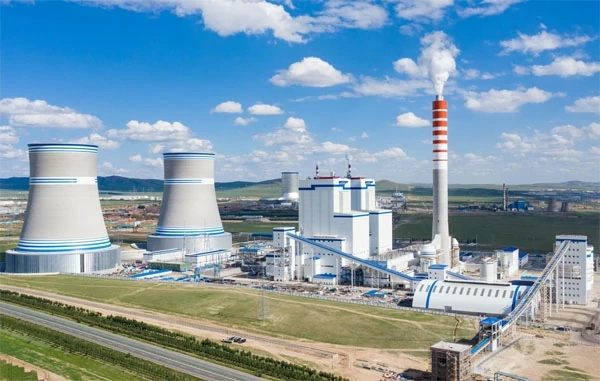

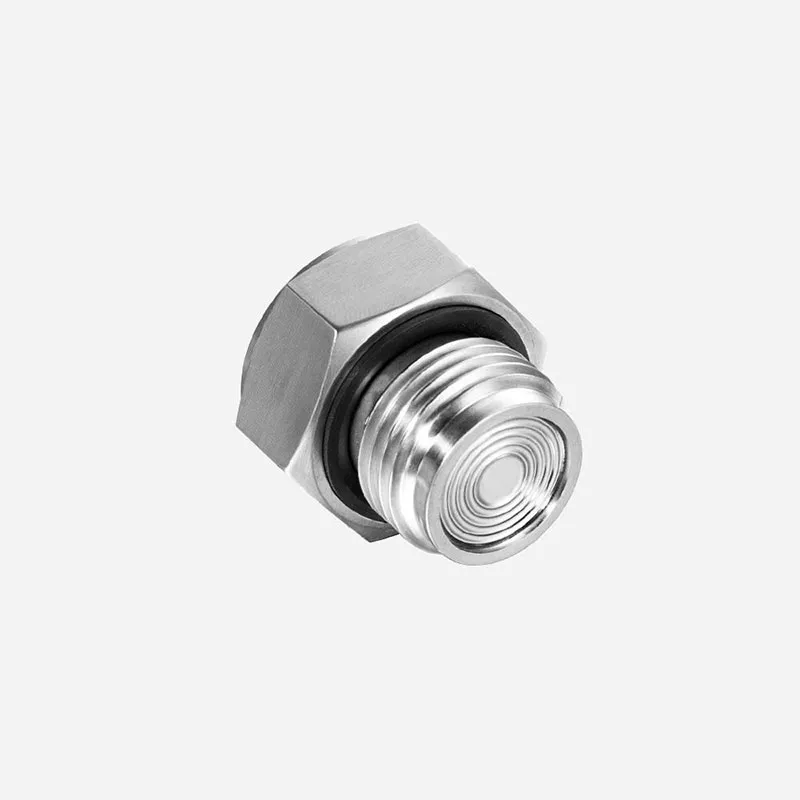
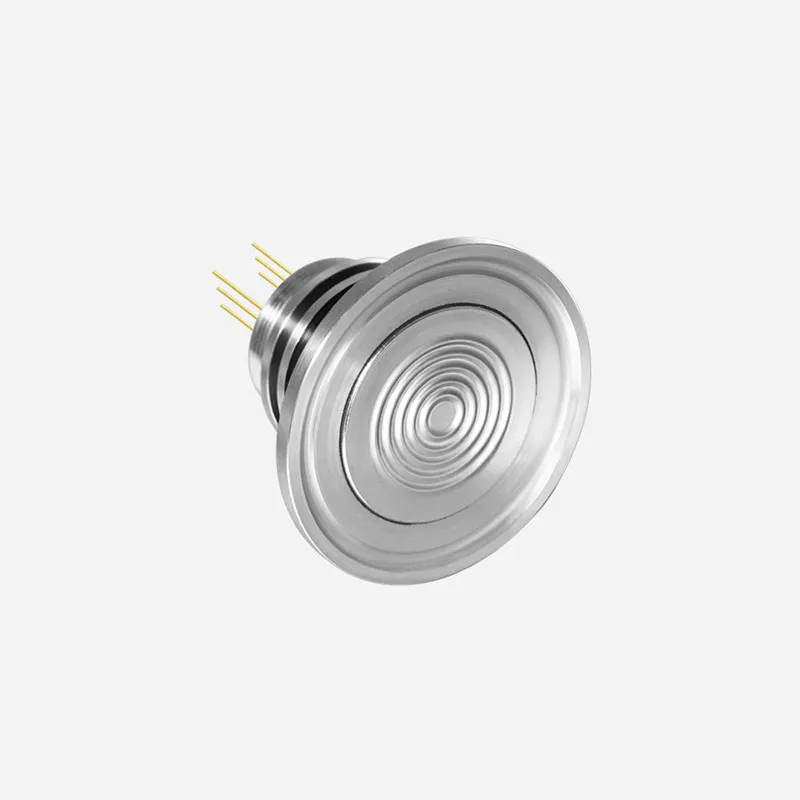
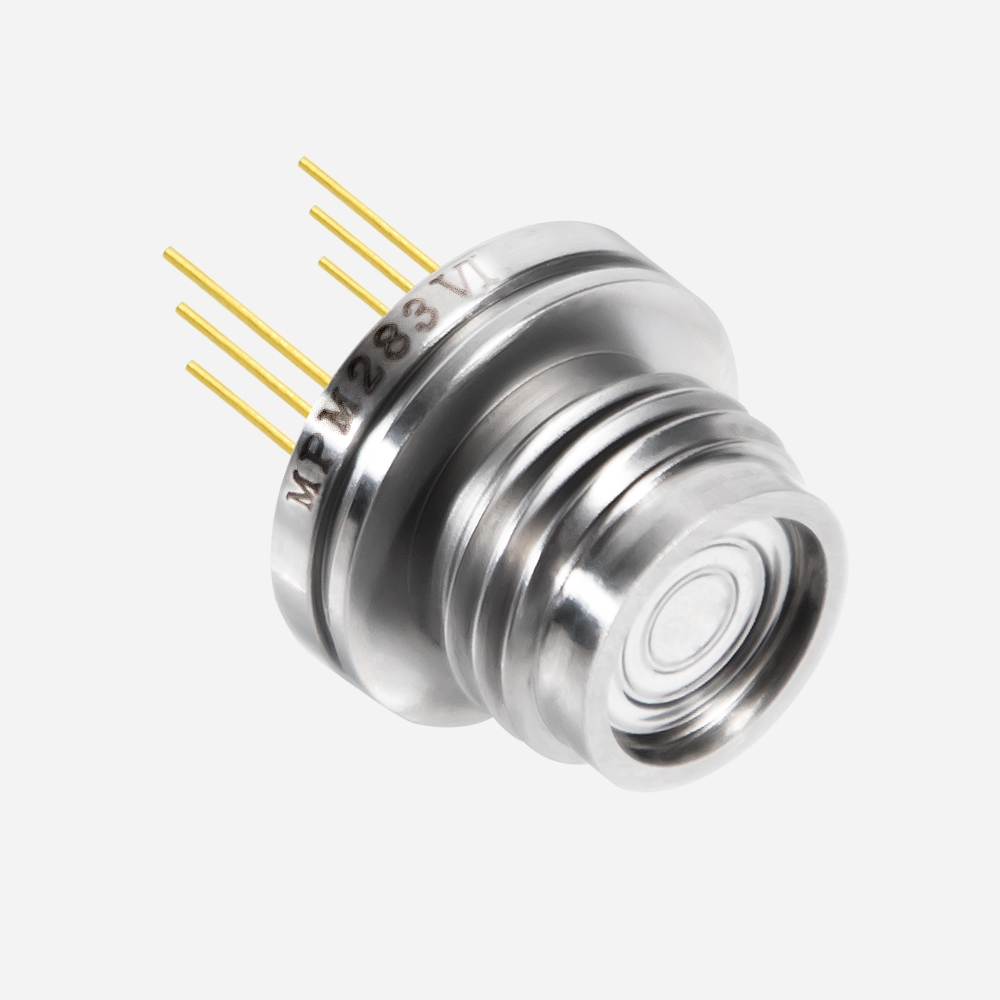
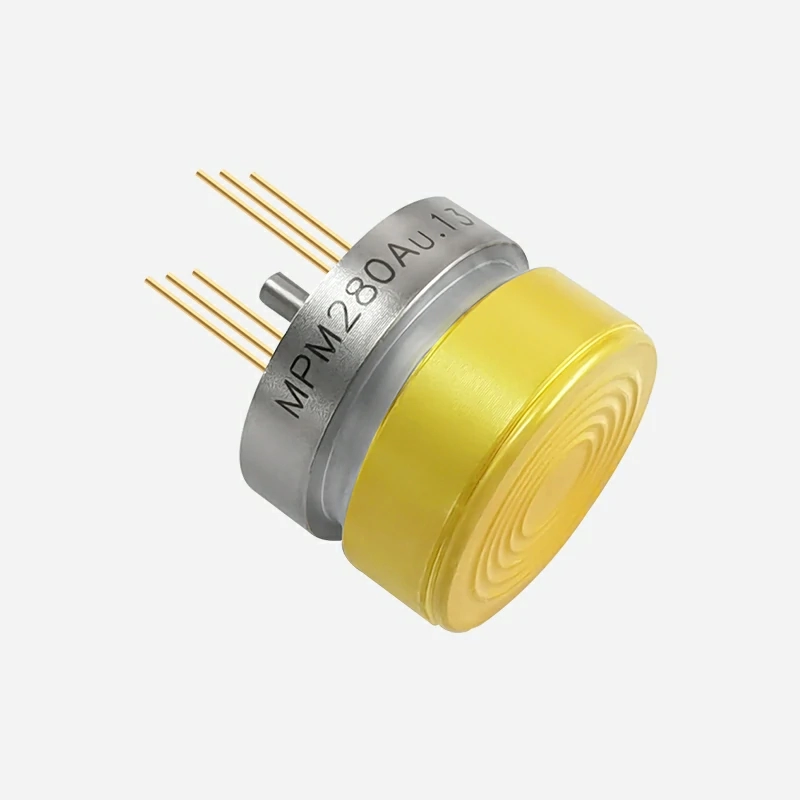
 Copyright © 2025 MICRO SENSOR CO., LTD
Copyright © 2025 MICRO SENSOR CO., LTD